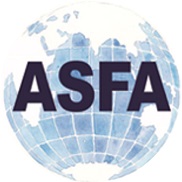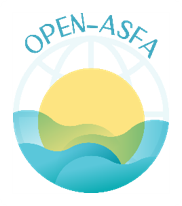Etude comparative de la qualite nutritionnelle et sensorielle de la daurade «Sparus aurata»: influences de la saison et du site de production
DOI:
https://doi.org/10.71754/instm.bulletin.v43.479Keywords:
Proximate Composition, Sensory Analysis, Nutritional Quality, AquacultureAbstract
During the last decade, the farmed production of sea bream (Sparus aurata) has grown in Tunisia (10.216 tonnes in 2015) to meet the growing demand for national consumption. The evaluation of fish quality is therefore important in view to guarantee the durability and development of the sector. This work aims to characterize the nutritional and sensory qualities of sea bream farmed in the North of Tunisia. To achieve this work, several samples were carried out in situ within two rearing farms (Site A and Site B) during the summer and the winter seasons. The proximal compositions of the different samples showed that the levels of proteins (19,52 to 21,11 g/100g) and lipids (8,45 à 11,52 g/100g) were similar to values reported in the literature for this species produced in intensive rearing. The levels of lipids are nevertheless among the highest reported values. Hedonic evaluation revealed that fish sensorial quality was more appreciated in the winter than in the summer. These differences seem to be related to muscle lipids levels as higher contents were reported in fish sampled in summer. Such pattern may be modified by feed composition and zoo-technical practices; that producers might apply to have the quality required by local consumers’ preferences. The implement of product’s certification or even labelling is recommended for a better fish valorisation.













